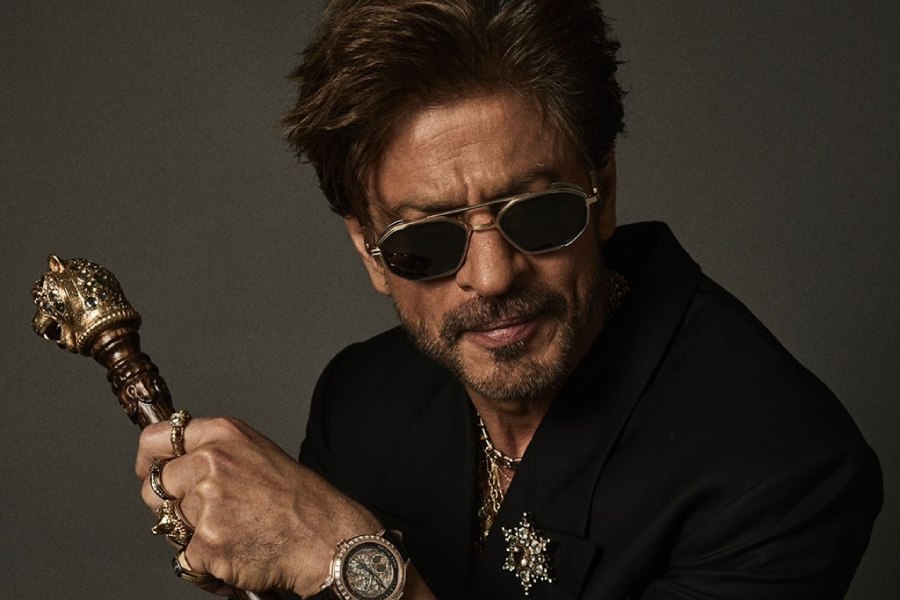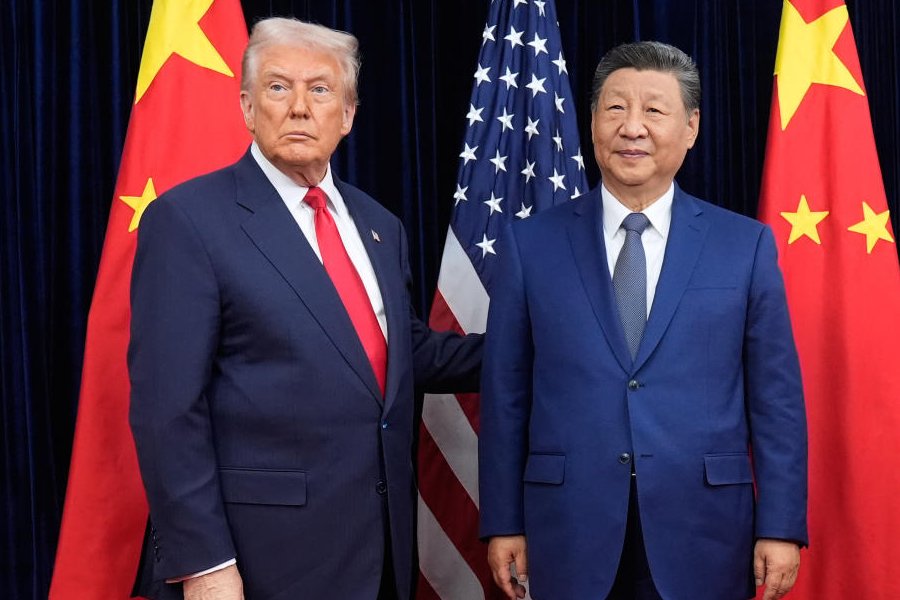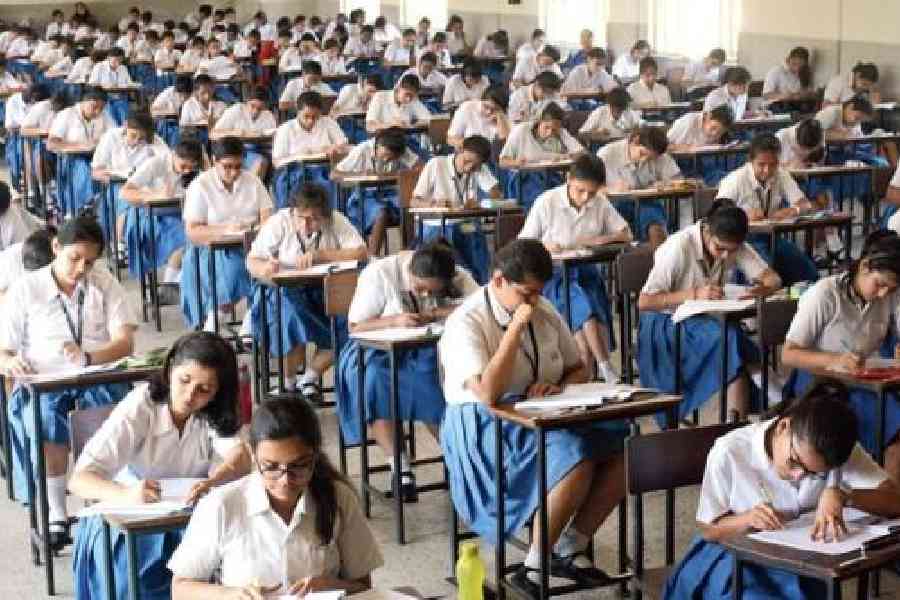This past week’s horrifying plane crash in Ahmedabad, happened at a critical juncture in the history of Air India, one of the world’s oldest airlines and the country’s flagship.
In 2022, India privatized the carrier after almost 70 years of state control. The government had tried for years to find someone to take Air India off its hands. It finally sold it to the Tata Group, India’s most prestigious conglomerate, for the relatively low price of $350 million.
The idea was that the private sector would do better. Air India’s reputation was on a steady decline, with a fleet notorious for late takeoffs, broken seats and spotty service. It was a feat for the government of Prime Minister Narendra Modi to find any buyer at all.
The new owners have poured a lot of money into turning things around. The Tata Group hired Campbell Wilson, a New Zealander who started a low-cost carrier in Singapore, to reform management from the top. To renew the fleet, Air India placed record-breaking orders for 570 new aircraft, a mix of planes by Boeing and its European rival, Airbus.
With investigations into the cause of the crash Thursday just getting underway, it was unclear whether Air India itself will face any blame. The death toll, 261 passengers and staff as well as dozens on the ground, made the crash one of the world’s worst in years. The type of airplane involved, a Boeing 787 Dreamliner, had been flying safely around the world for years, and the pilot had logged more than 8,000 flight hours.
“This is a difficult day for all of us at Air India,” Campbell said in a statement. “Our efforts now are focused entirely on the needs of our passengers, crew members, their families and loved ones.”
Beside the human toll, the accident seems sure to set back the process of rehabilitating the airline.
Air India’s privatization had been a painfully long time in coming. It unfolded like a belated family reunion. The airline was founded in 1932 by J.R.D. Tata — the brilliant scion of India’s first family of industrialists, and a passionate aviator. India gained its independence from Britain, and the new government nationalized the company in 1953, a time when a lot of postcolonial states were doing the same thing with industrial firms.
Decades later, Ratan Tata brought Air India back into the family fold via the privatization. But Air India had fallen a generation behind: Other countries had been turning national carriers into private companies, focusing on profits and competition.
Financial mismanagement was part of what caused Air India’s decline in standards, starting around 1978, said Jitender Bhargava, the company’s longest-serving executive director. Bhargava worked at the company for 22 years before writing his memoir, “The Descent of Air India.”
“I had been saying this for 25 years: The leadership and work culture was government-dominated and union-dominated,” Bhargava said Friday. “You can’t lead an airline and survive in a competitive workplace like that.”
Until this week, Air India’s two most recent fatal accidents had occurred when planes overshot runways in 2010 and in 2020. Since Tata bought back the company, its reputation for safety was unblemished.
But Air India has yet to convince customers that its service has been raised to international standards, or even the standards of India’s own new and competitive carriers — like IndiGo, now the country’s dominant airline. Air India’s international flights on most routes were marred by dysfunctional entertainment systems and embarrassments like clogged toilets and unruly passengers. One flight was stranded in Siberia for two days.
But an airline of Air India’s size, serving a large and growing market like India’s, takes time to turn around. Bhargava said Air India could not have grounded its fleet to refurbish and replace aging planes without forfeiting its market share and facing financial peril.
“People get impatient,” he said. “But one must look at the state it was in when the Tatas inherited it.”
The Tata Group had set a target of 2025 to make meaningful improvements to the airline’s service and financial performance. Cumbersome global supply chains have slowed that progress, but still Air India is doing some things right.
Tata has consolidated the market by absorbing four smaller airlines, forging a near duopoly with IndiGo. Between them, the carriers control 91% of India’s domestic market. That should boost profits in the long term.
It has also taken advantage of Modi’s international ambitions for India. He wants India to become a significant hub, challenging the Persian Gulf carriers for passengers traveling between Asia, Europe and North America.
Air India’s revival under Tata reflects another trademark of the country’s ascent as one of the fastest-growing economic powers. Modi’s government has been engineering ways to work with the country’s biggest industrial companies. The new Air India is private, but it took heavy lifting on the part of the government to make it so, and its interests are coordinated with Modi’s.
(Originally published in The New York Times)










